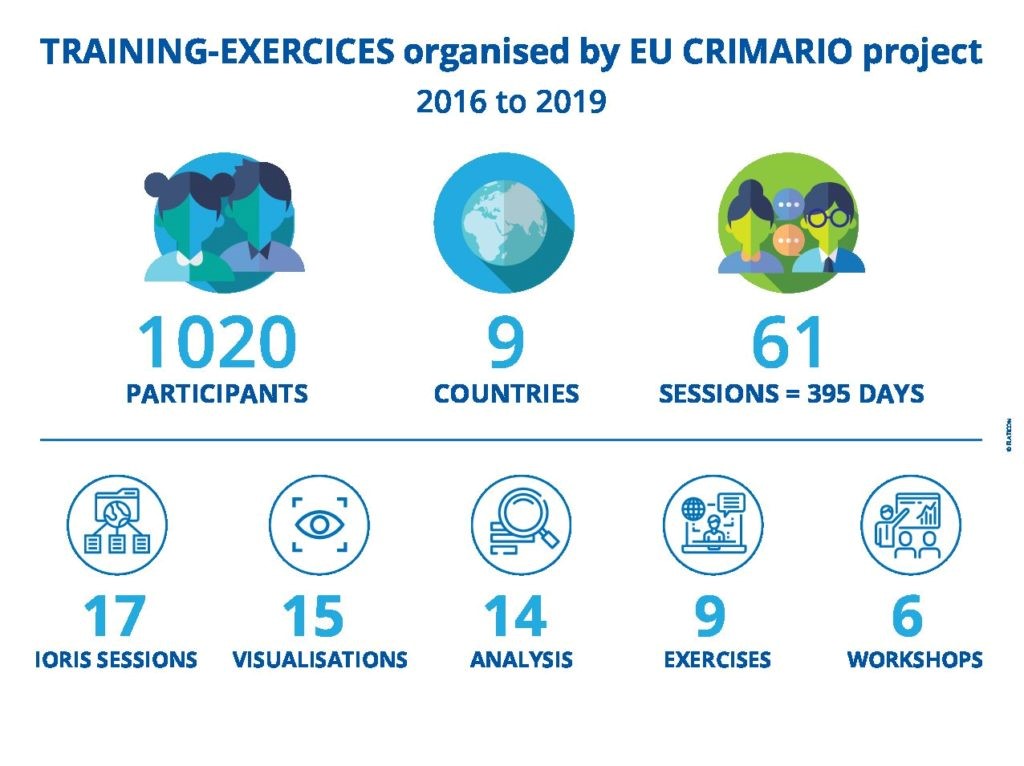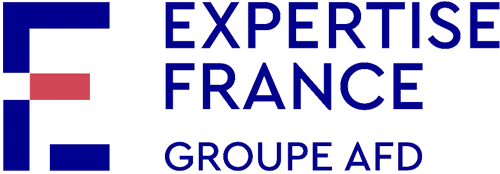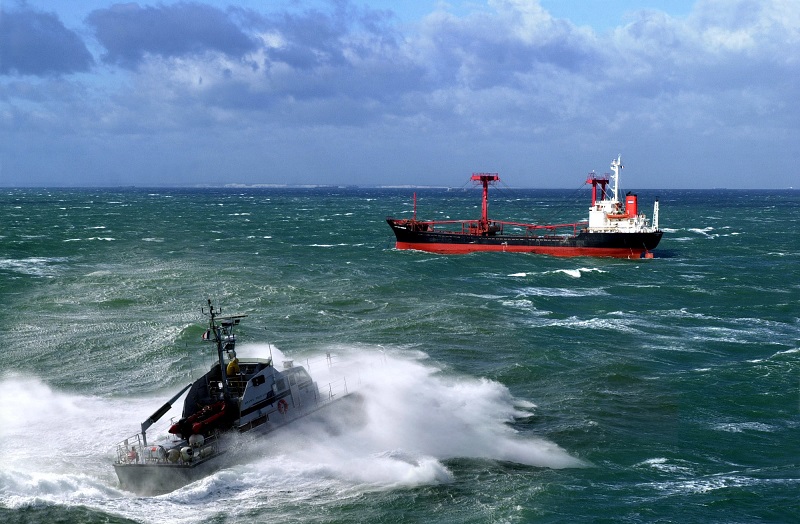Maritime security: towards a CRIMARIO II extended to Southeast Asia
The Indian Ocean is faced with major security challenges, piracy and the increase in criminal activities at sea (drug and human trafficking, illegal fishing, environmental risks). In addition, the growing interest in the blue economy demonstrates the need for coastal and island States in the region to better protect the resources from their maritime space.
The CRIMARIO project is part of the European Union (EU) “Critical Maritime Routes” programme and has been designed to address these challenges by improving maritime domain awareness in the Indian Ocean region. From 2015 to 2019, the project worked with key partners in the Comoros, Kenya, Madagascar, Mauritius and the Seychelles to improve information sharing between countries – through the development of the IORIS platform – and set up training and capacity building activities, with the aim of strengthening inter-administration coordination and regional cooperation.
CRIMARIO II, the new 4-year project, is financed by the European Union with EUR 7.5m. It will continue to support regional and national maritime surveillance centres to improve information sharing and build the capacities of the various maritime agencies responsible for law enforcement in the South Asia and Southeast Asia region.
IORIS, an operational tool to strengthen maritime security
IORIS (Indian Ocean Regional Information Sharing) is a platform for maritime information sharing and coordination between regional and national administrations and agencies, which has been designed in close cooperation with the regional partners. In 2019, this web platform was used as a communication tool during Cutlass Express 19 and 19.2 maritime exercises led by the US Navy in the Western Indian Ocean.
This web platform serves different purposes depending on the user profile. For example, when used by an information fusion centre, IORIS is a collaborative tool to collect, verify, enhance and share information from various sources. For a regional operations coordination centre, IORIS enables information sharing, cooperation and coordination for operations. Finally, for a maritime operations centre (MOC), IORIS will be used as a command and control platform or for inter-administration crisis management. For example, the tool has a function for the interception of vessels, which can determine the course and optimal speed to intercept a vessel or target – then share this information with everyone.
For further reading: IORIS, regional information sharing platform, operational
IORIS was launched in July 2018 and now has over 125 users for the operational version and 370 users for the training version, from 5 countries. In addition, to familiarise users with the IORIS platform, a comprehensive training program is available and a pool of trainers (15) can be contacted in the Seychelles, Madagascar, Kenya, Mauritius and the Comoros.
A comprehensive training cycle for good maritime domain awareness
In addition to the IORIS training programme, the CRIMARIO project has built a comprehensive training cycle on the visualisation and analysis of data of maritime interest.
The visualisation lessons aim to provide the skills necessary to extract, cleanse, format, enhance and present data of maritime interest (on a graph, map, etc.). The lessons on the analysis of data of maritime interest aim to provide the skills necessary to be a maritime domain analyst. The analyst transforms the data prepared by the visualisation specialist into processed information that is useful for decision-making.

Finally, the “training of trainers” programme meets the needs identified by the operational centres and maritime agencies. The trainees qualified in data visualisation can reach the Trainer level, which ultimately provides the recipient country with pedagogical autonomy.
CRIMARIO II: towards a transfer of tools to the region
The continuity of IORIS depends on an effective management and administration by the regional bodies. This includes the support for the management of IORIS on behalf of and for the region and assistance with the design and monitoring of the future developments of the platform. The aim is to meet regional needs and requests from other countries from all over the Indian Ocean. In addition, training exercises need to be organised regularly at the national and regional levels to maintain a high level of skills for online users.
Discussions have begun to transfer the ownership of IORIS to the region. They include the definition of governance policies and administration rules. To this end, the future CRIMARIO II project will finalise the transfer process and will thereby contribute to effective information sharing in coordination with all the ongoing initiatives for maritime security, while providing for an effective extension of IORIS all over the Indian Ocean.
 Consult the CRIMARIO project sheet
Consult the CRIMARIO project sheet
 Find out more on the project website: www.crimario.eu
Find out more on the project website: www.crimario.eu



